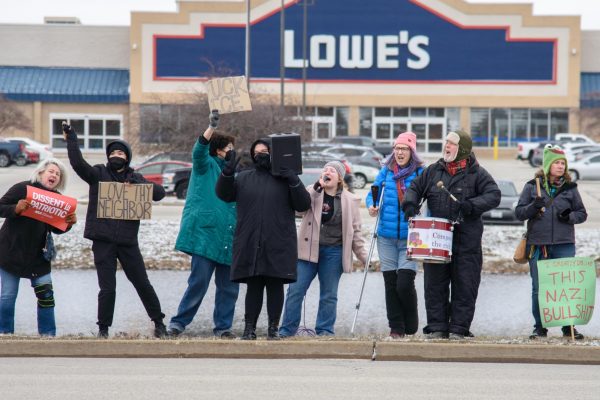Memphis still marked by Martin Luther King

The balcony of the Lorraine Hotel in Memphis, Tenn., on March 25, the site where Dr. Martin Luther King, Jr. was assassinated on April 4, 1968. Nader Daoud, The Associated Press
Apr 3, 2008
Last updated on May 12, 2016 at 11:34 p.m.
MEMPHIS, Tenn. – Joe Warren dropped his head to his hands, sobbing as he remembered back 40 years to the bitter garbage workers strike that drew Martin Luther King Jr. to Memphis – and to his death.
Warren, 86, was one of the 1,300 black sanitation workers who walked off the job in 1968 with a strike that tore at the foundation of the city’s white-only rule.
The 65-day strike for the right to unionize ended with a victory for the workers. But King’s assassination stained this Southern city for years, limiting its prosperity and hurting its reputation worldwide.
“It took a decade of growth out of the Memphis regional economy,” said David Ciscel, a University of Memphis economist. “It was a time of fairly rapid growth in the South, and it was a time when Atlanta and Nashville kind of left us behind … People just didn’t want to associate with us.”
Get The Daily Illini in your inbox!
The city’s fortunes eventually improved, thanks largely to a young cargo airline named Federal Express that in the early 1980s showed that Memphis could still be a good place to do business. The airline grew into today’s FedEx Corp.
“It rescued Memphis,” Ciscel said.
The sanitation strike and King’s assassination made clear to blacks and whites alike that “the old plantation mentality had to be dumped,” said Michael Honey, author of “Going Down Jericho Road,” a history of the Memphis strike and King’s struggle for economic justice for the poor.
In the 1960s, close to 60 percent of black families in Memphis lived in poverty, Honey said, and few jobs other than manual labor were open to blacks.
Today the city has a poverty rate of nearly 24 percent overall, almost twice the national figure, and 30 percent among black residents.
But the good jobs, in government and the private sector, are no longer reserved for whites. Memphis, which was 40 percent black in the 1960s, is now more than 60 percent black. It has had a black mayor since 1991.
Though King’s killer was not from Memphis, the city was seen by much of the rest of the world as a cultural backwater responsible for the murder.
“People in Memphis have always been pretty sensitive of what outsiders think,” said history professor Charles Crawford of the University of Memphis. “It caused a deliberate change, maybe not in the true feelings of a lot of people, but at least in the expressions of them … The black community could see the collapsing of resistance to their aspirations.”
The National Civil Rights Museum opened at the Lorraine in 1991 after private citizens saved it from foreclosure and demolition. For many people, Memphis has become “kind of hallowed ground,” Honey added. “It’s a place where important things happened and people want to connect to that.”





